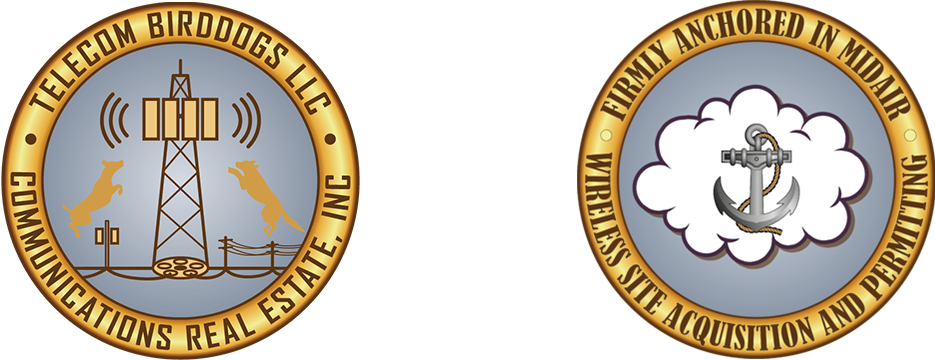Site Development Process #7 Process Title Work
Site Development Process #7 Process Title Work
Coordinate, order, and track title work, site surveys, lease exhibits, environmental reports, regulatory reports, and construction drawings.
To develop new wireless facility structures on vacant land extensive coordination is needed to perform property due diligence regarding the title commitment to the property, the land survey, environmental compliance, other regulatory reports, and drawings from the A&E firm. The site acquisition consultant is at the center of this activity because each of these endeavors grows out of site search and selection and impacts space rights, local permit rights, and preparation of the property for construction and operation.
The project location has been selected and confirmed, the SCIP delivered to the project team, a draft space agreement delivered to the property owner, and the technical site visitation completed by the project team. In the interim period between site selection and completion of real estate entitlements, the site acquisition consultant continues to interact with the title insurance company, the A&E firm, the surveyor, the construction manager, the property owner, and the environmental consultant to support the development of the land survey, the lease, the construction drawings, and the environmental or regulatory reports necessary for the preparation of the site for construction. The space rights agreement and permit rights milestones cannot be concluded before the title commitment with the site design drawings, and the building permit, respectively, is finalized.
Depending on how long it takes to process the title commitment in the county where the property is located, the initial title report might have been available for the A&E firm and surveyor for the site visitation or it might have remained outstanding for a while. The surveyor needs the title report to start the survey work. The site acquisition consultant is responsible for working with the title company to speed up the delivery of the initial or preliminary title commitment as much as possible and to coordinate the title company, the project attorney, the property owner, and the surveyor to ensure the title commitment meets standards administered by the project attorney. This will invariably require revisions to the form and content of the commitment until it is deemed acceptable and complete by the project attorney. The title commitment is discussed in more detail in Module 18 Title Insurance Commitment.
With a title report, the surveyor can complete the site survey. The final survey includes details from the finalized title report. The project attorney may call upon the site acquisition consultant to clarify title commitment details that appear on the survey. These details may affect the proposed use of the property by the facility developer. These details can be in the form of existing easements, liens against the property, existing leases, or the severance of mineral rights below the earth’s surface.
Finally, the coordination, the completion, and the local jurisdiction’s acceptance and approval of the A&E firm’s site design drawings and reports are necessary to obtain the permitting entitlements for the proposed facility. I’ve divided site design drawings and reports into two categories, as presented in Module 19 Site Design—Standard Drawings and Reports, and Module 20 Site Design—Supplemental Drawings and Reports. Standard drawings and reports are typical for every project—focusing primarily on what is needed for construction contractors to bid for the standard facility construction and implement the plans. Supplemental drawings and reports, while often required, are not necessary on every project. These extra drawings and reports may be required by the local permitting jurisdiction or mandated by the unique nature of the construction project proposed. The supplemental drawings and reports are included in the bid package and may also be needed for environmental compliance regarding NEPA regulations, such as is the case with an environmental phase 2 analysis. Supplemental reports for environmental reasons involve coordination with the environmental consultant, the project attorney, and the property owner. The local jurisdiction may require the results of these reports as well.
As the above aspects of project preparation are being resolved, the focus turns to finalizing the space rights agreement language and the local permit rights applications. Planning the resolution of the space rights agreement and the execution of the permit process coincides with the completion of the space rights negotiation, availability of the lease exhibit drawings, and availability of the zoning and survey drawings.
Upon the completion of the Course Topics in Module 18- Title Insurance Commitment,
please progress in the Roadmap to Process #8- Site Design.
